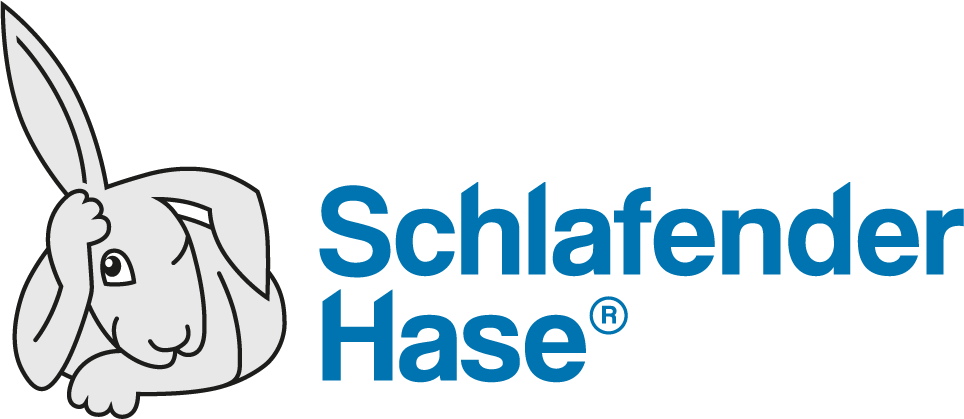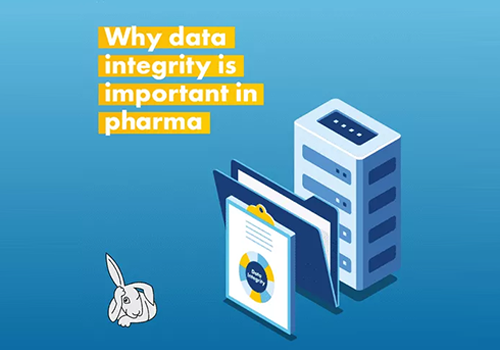August 10, 2022
Schlafender Hase Team
Barocde Compliance: 3 Rules for Barcodes in Life Sciences
Optimize barcode scanning precision in pharmaceutical, artwork, quality control, packaging, and printing industries with these indispensable tips. Avoid delays and errors for smooth workflow.
- August 10, 2022
- By: Mike Baird
2 minutes read
Barocde Compliance: 3 Rules for Barcodes in Life Sciences
Optimize barcode scanning precision in pharmaceutical, artwork, quality control, packaging, and printing industries with these indispensable tips. Avoid delays and errors for smooth workflow.










